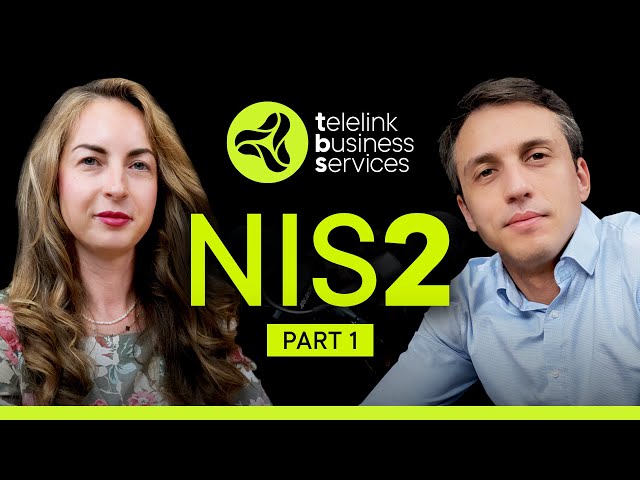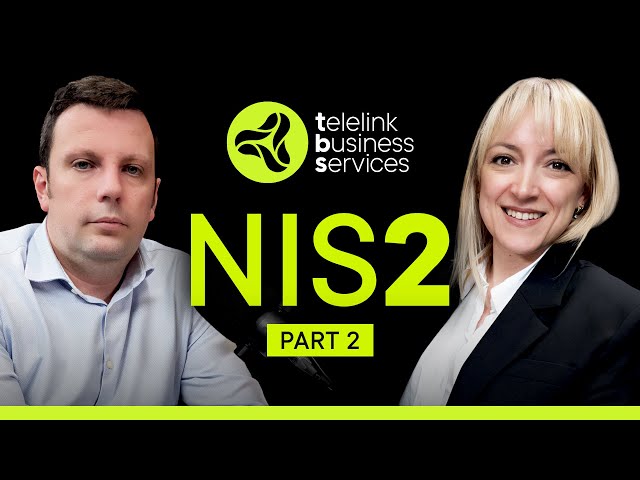What Every Business Needs to Know in 2025 pt.1
Volume 1 of our podcast provides an accurate overview of NIS2 from a business perspective, offering valuable insights into the financial and other risks that companies may face if they don’t apply the directive. Speakers:
- Ognyan Yuskeseliev, CISO / VP Secure Productivity and Platforms
- Elitsa Ivanova, Technology Business Development / Team Lead

